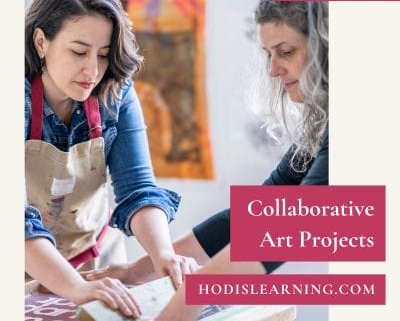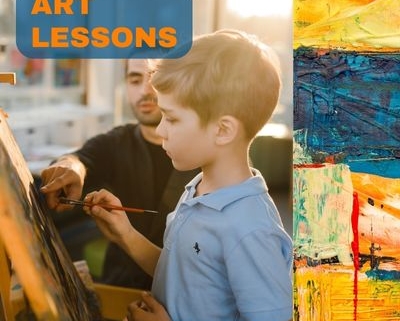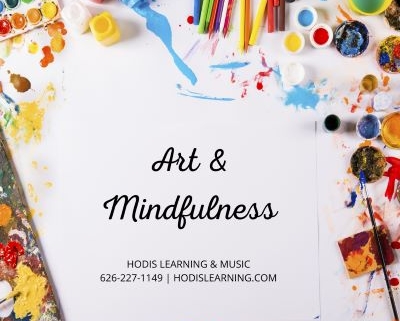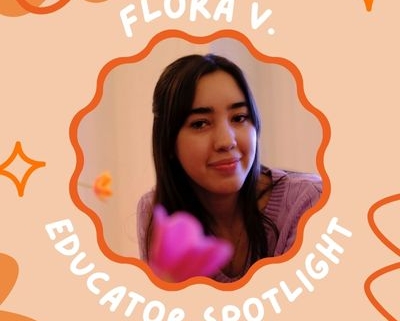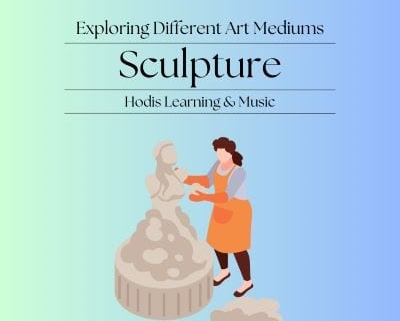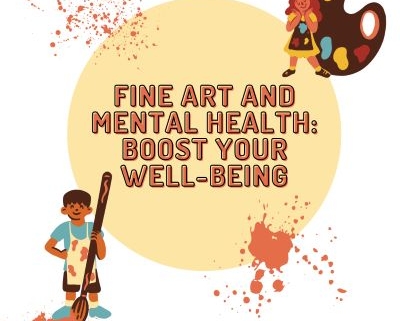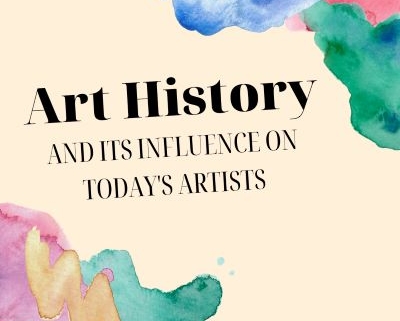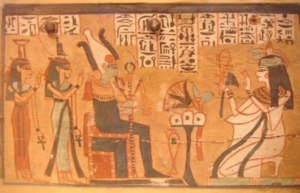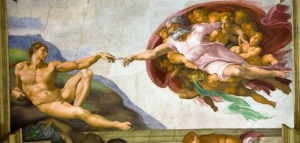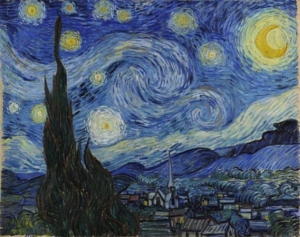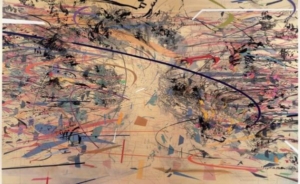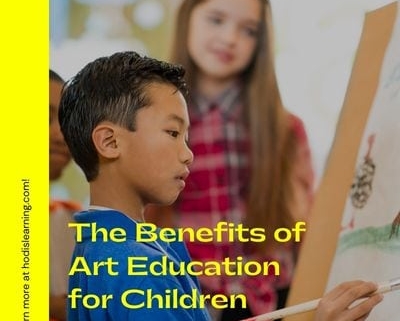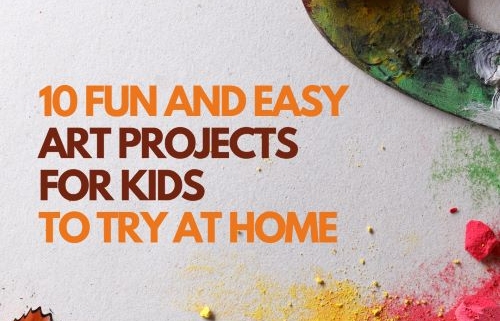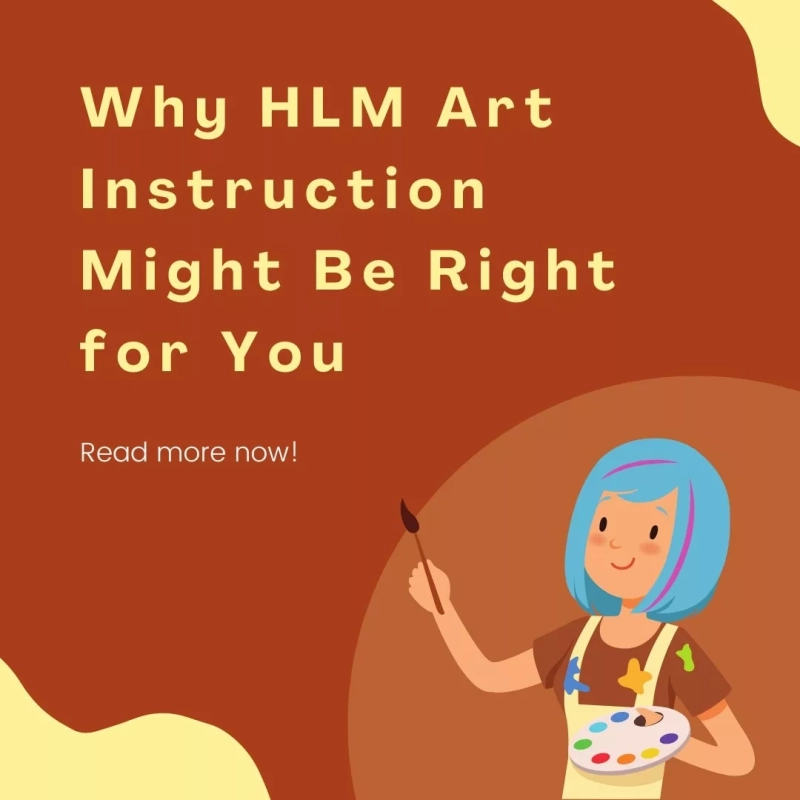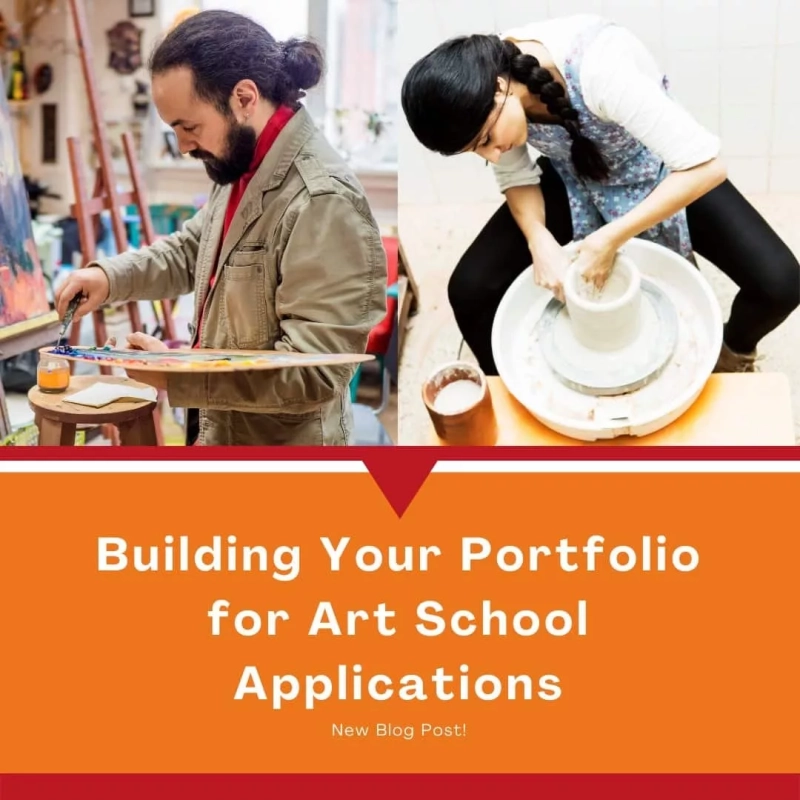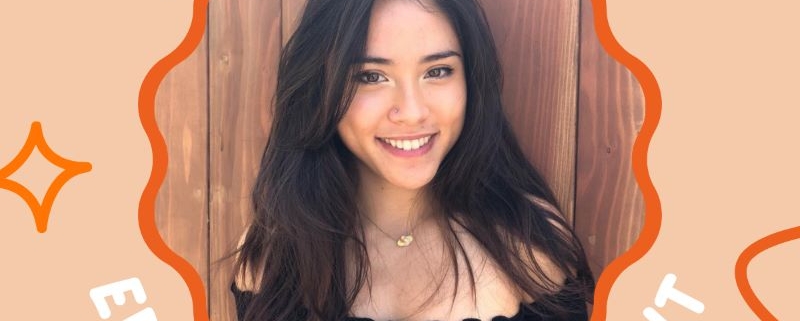In the art world, collaboration is more than just working together—it’s a transformative process that can elevate creative ideas to new heights. We’re reviewing the benefits of collaboration in art, highlighting successful examples, and sharing advice on how artists can find and work effectively with collaborators.
The Value of Collaboration in Art
Artistic collaboration brings together diverse skills, ideas, and experiences, leading to outcomes that often go beyond what any single artist could achieve alone. Collaboration encourages artists to:
- Expand Their Skill Set: Working with others offers the chance to learn new techniques, mediums, or tools.
- Push Creative Boundaries: Collaborating partners challenge each other to think outside the box, often resulting in groundbreaking work.
- Gain a New Perspective: Sharing ideas fosters empathy and understanding, enriching the creative process.
- Build Lasting Connections: Art is a deeply personal experience, and creating together can form strong, meaningful connections with like-minded creatives.
Showcasing Successful Collaborative Art Projects
Collaboration in art has a rich history, with many well-known artists producing iconic pieces through creative partnerships. Here are a few examples:
1. Jean-Michel Basquiat and Andy Warhol
This unlikely duo from the 1980s combined Warhol’s pop art style with Basquiat’s graffiti-inspired aesthetic to create pieces that challenged conventional art forms. Their work is a testament to the power of merging different artistic voices.
2. Christo and Jeanne-Claude
Known for their large-scale environmental installations, such as “The Gates” in Central Park, the husband-and-wife team transformed landscapes into immersive, transformative experiences. Their collaboration exemplifies how two people can share a singular vision and bring it to life on a monumental scale.
3. Gorillaz Music and Visual Art Collaboration
This virtual band combines music, digital animation, and visual art, demonstrating how cross-disciplinary collaboration can create an innovative art form. Musicians, animators, and visual artists work together to build an immersive, multimedia experience for fans.
How to Find the Right Collaborator
For artists interested in collaborative work, finding the right partner is essential. Here are some tips for identifying and connecting with potential collaborators:
- Know Your Own Artistic Goals: Before reaching out, have a clear sense of what you want to accomplish. This clarity will help you identify a collaborator whose vision aligns with yours.
- Seek Out Artists with Complementary Skills: Think about what your project needs—perhaps a muralist could use the skills of a digital artist, or a photographer might want to work with a graphic designer. Complementary skills can enrich the final result.
- Join Local Art Communities and Online Platforms: Community art centers, art schools, and online platforms like Behance and Instagram can be great places to connect with like-minded artists. Many online art communities allow artists to showcase work and find potential collaborators with similar interests.
- Attend Art Events and Exhibitions: In-person connections can be powerful, and attending events in your local area or online art fairs can open doors to meeting artists with similar aspirations.
Tips for a Successful Collaborative Experience
Collaborative projects can be incredibly rewarding but require open communication and flexibility. Here’s how to make sure the process goes smoothly:
- Set Clear Roles and Expectations: Decide who is responsible for what, and establish a timeline for completing each part of the project. Clear roles prevent confusion and help keep everyone accountable.
- Communicate Regularly and Honestly: Discuss ideas openly, give and receive constructive feedback, and keep each other updated on progress. Communication builds trust and keeps the project on track.
- Embrace Compromise: Collaboration means finding middle ground. Be open to feedback and flexible with your ideas—compromise often leads to more innovative outcomes.
- Celebrate Each Step: Acknowledge milestones along the way and celebrate each phase of the creative journey. Small celebrations keep the team motivated and engaged.
Conclusion
Collaboration in art unlocks opportunities for growth, innovation, and creative exploration that solo projects often cannot achieve. At Hodis Learning & Music, we are passionate about fostering collaborative learning environments where our students can connect, share, and inspire each other. We encourage you to seek out opportunities for creative collaboration and experience the unique magic of working alongside others. Whether you’re a seasoned artist or just starting out, there’s a world of potential waiting to be discovered when artists come together. Call or email us today to get started.

